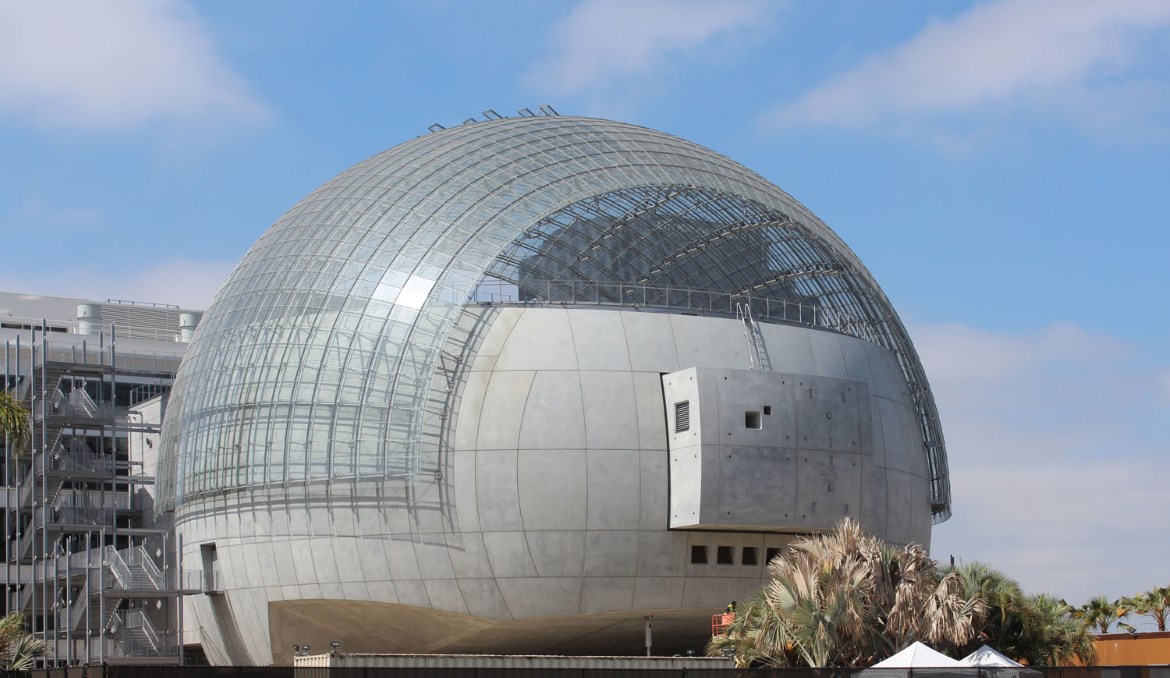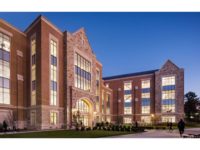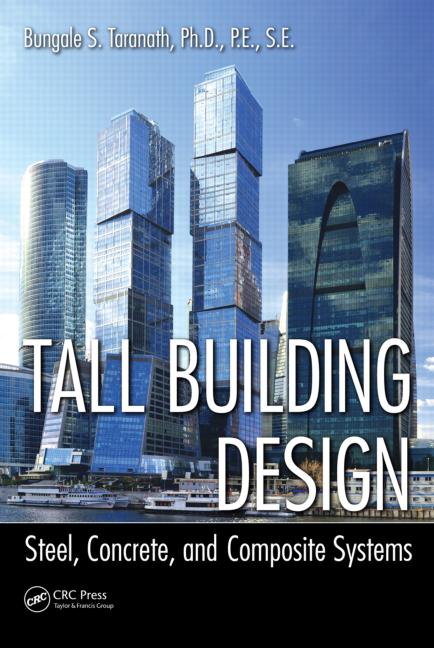Precast Concrete Panels Used to Support Structural Concrete

Photo courtesy of Precast/Prestressed Concrete Institute
The new Academy Museum of Motion Pictures in Los Angeles was created to celebrate the art and science of movies—past, present, and future. And what better way to do that than to create a structure that looks like it could have rolled off the set of a Star Wars movie?
The project involved the exterior restoration and interior gut renovation of a 230,000-ft² historic landmark structure, with the addition of a 60,000-ft² spherical glass and concrete structure to house the 1000-seat David Geffen theater. The 150-ft diameter precast concrete sphere appears to float above ground, offering a whimsical counterbalance to the more sedate renovated historic structure.
The sphere was originally conceived as a cast-in-place concrete shell, but as the design evolved, it became clear that cast-in-place was not the right solution. “Spherical formwork would have been prohibitively expensive for carpenters to fabricate and assemble on-site,” says Daniel Hammerman, architect for Renzo Piano Building Workshop. “Precast concrete allowed for better and more cost-effective finish quality and tighter tolerances and geometry control to ensure a perfect sphere.”
Because the sphere features a consistent radius, the project required only 30 base molds, which could be reused many times with only minor adjustments of edge forms and blockouts. The use of precast concrete also allowed the large, column-free space, providing unobstructed sightlines for the theater in the round, as well as providing the physical mass necessary for acoustic isolation of the high-performance theater.
Initially, designers were concerned that precast concrete would not be able to deliver the desired variation in the finish. “Precast concrete tends to prize a consistent, uniform look of factory-made cladding panels,” says Hammerman. However, the precast concrete producer generated multiple samples and mock-ups to ultimately define the best technique to achieve the intended finish appearance. The final design used a standard gray cement and a single aggregate to produce all of the panels.
Rather than using a typical sandblasted finish, which erases all the flaws but also the character, they opted for an “as-cast” finish to impart a luminous surface quality. “The gentle sheen on the soffit panels above the plaza brings fantastic daylight and reflections underneath the mass of the sphere, helping create a wonderfully welcoming public plaza,” Hammerman says.
The outer envelope is sculpted to reflect light downward, while a highly articulated and transparent dome glazing system partially wraps the upper half of the sphere, casting a changing pattern of shadows that animate the concrete façade. A terrace and exhibition space is perched on top of the sphere offering panoramic views from under a glass dome.
“Without the client’s support in working through the challenges of using precast as permanent formwork, the completion of this project would not have been possible,” says Richard Stoner, senior associate at Gensler. Celebrating history and imagining new possibilities, the museum now features more than 50,000 ft² of gallery space, two theaters, outdoor plazas, rooftop terraces, education labs, offices, conservation facilities, a restaurant, and shop. “We were very fortunate that the Academy Museum allowed the design team, general contractor and precast concrete contractor to think outside the box … to achieve a stunning object from the outside that will be an icon in Los Angeles for many years to come.”
The project involved the exterior restoration and interior gut renovation of a 230,000-ft² historic landmark structure, with the addition of a 60,000-ft² spherical glass and concrete structure to house the 1000-seat David Geffen theater. The 150-ft diameter precast concrete sphere appears to float above ground, offering a whimsical counterbalance to the more sedate renovated historic structure.
The sphere was originally conceived as a cast-in-place concrete shell, but as the design evolved, it became clear that cast-in-place was not the right solution. “Spherical formwork would have been prohibitively expensive for carpenters to fabricate and assemble on-site,” says Daniel Hammerman, architect for Renzo Piano Building Workshop. “Precast concrete allowed for better and more cost-effective finish quality and tighter tolerances and geometry control to ensure a perfect sphere.”
Because the sphere features a consistent radius, the project required only 30 base molds, which could be reused many times with only minor adjustments of edge forms and blockouts. The use of precast concrete also allowed the large, column-free space, providing unobstructed sightlines for the theater in the round, as well as providing the physical mass necessary for acoustic isolation of the high-performance theater.
Initially, designers were concerned that precast concrete would not be able to deliver the desired variation in the finish. “Precast concrete tends to prize a consistent, uniform look of factory-made cladding panels,” says Hammerman. However, the precast concrete producer generated multiple samples and mock-ups to ultimately define the best technique to achieve the intended finish appearance. The final design used a standard gray cement and a single aggregate to produce all of the panels.
Rather than using a typical sandblasted finish, which erases all the flaws but also the character, they opted for an “as-cast” finish to impart a luminous surface quality. “The gentle sheen on the soffit panels above the plaza brings fantastic daylight and reflections underneath the mass of the sphere, helping create a wonderfully welcoming public plaza,” Hammerman says.
Precast Concrete as Formwork
“One of the most innovative features of the project was the use of precast concrete panels as permanent formwork to support the structural concrete during placement operations,” says Mark Hildebrand of Willis Construction. That meant the precast concrete architectural spandrels had to be installed on a steel structure before the dome could be built. Extensive supports and birdcage scaffolding held the structure in place until the final piece of glass was installed, locking it together like the keystone of an arch. The designer’s signature spider stairways, which feature finely detailed railings and treads, wrap around the outside of the sphere.The outer envelope is sculpted to reflect light downward, while a highly articulated and transparent dome glazing system partially wraps the upper half of the sphere, casting a changing pattern of shadows that animate the concrete façade. A terrace and exhibition space is perched on top of the sphere offering panoramic views from under a glass dome.
“Without the client’s support in working through the challenges of using precast as permanent formwork, the completion of this project would not have been possible,” says Richard Stoner, senior associate at Gensler. Celebrating history and imagining new possibilities, the museum now features more than 50,000 ft² of gallery space, two theaters, outdoor plazas, rooftop terraces, education labs, offices, conservation facilities, a restaurant, and shop. “We were very fortunate that the Academy Museum allowed the design team, general contractor and precast concrete contractor to think outside the box … to achieve a stunning object from the outside that will be an icon in Los Angeles for many years to come.”
Looking for a reprint of this article?
From high-res PDFs to custom plaques, order your copy today!






